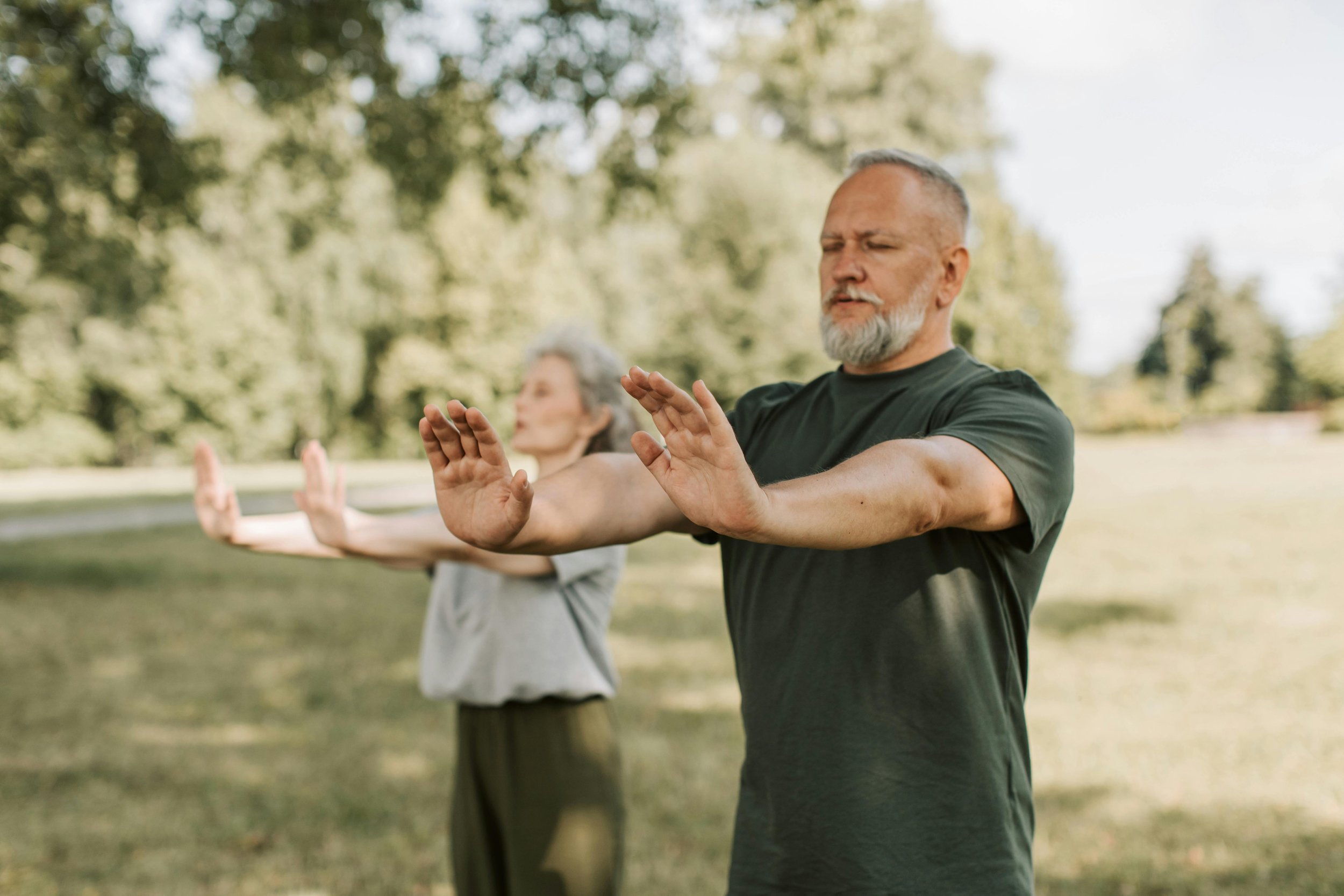Was Tai Chi Ever Used for Combat? Rediscovering the Martial Roots of a Gentle Art
Was Tai Chi ever effective in combat?
Introduction
In modern times Tai Chi is practiced for its health benefits. The slow moving gentle practice has many positive health outcomes such as increased lower body strength, balance and mental relaxation to name a few. But was this gentle art ever used in combat?.
The Martial Origins of Tai Chi
Tai Chi’s roots originate from China and despite its ancient claims of being thousands of years old it has a clear lineage dating back to the 19th century. The martial aspects of the art came from Chinese wrestling (Shuai Jiao). The slow side of the practice and forms probably has its origins in older Taoist philosophy's.
Tai Chi as a Combat Art
Tai Chi was not unique in the martial arts realm of China at the time. Most styles of martial arts from China were based off close quarters wrestling and clinch techniques. These included:
Wrestling techniques- sweeps, trips, reaps, hip throws, shoulder throws, kick catches to takedowns and even some sacrifice throws.
Joint locks- known as Qin Na, these techniques would involve small joint manipulation and were often learnt in the context of stopping someone from grabbing clothing.
Rooting and off balancing- in a world where everyone potentially carried a knife or hidden weapon going to the floor was not a good strategy. This why so many Chinese martial arts emphasise developing a good base so that you are hard to throw.
Transition to Health and Meditation
There are many cultural and social reasons that Tai Chi changed from a combat driven martial practice to a health driven one.
I will write an article about these shifts so I can explore the topic in full detail, but the shifts did happen and we now have a martial art that is practiced for its health benefits.
Now Tai Chi’s primary focus is; increasing balance and coordination, stress reduction and mental clarity and joint health and mobility.
Modern Revivals and the Balance Today
There are a handful of teachers who understand the practical applications of their styles. They are however far and few between and not many modern practitioners are interested in learning Tai Chi for its fighting potential.
At Tai Chi Brixton we do understand the throws and clinch work techniques of our Tai Chi pattern but our primary focus is on the health benefits of the practice. We are happy to show you the applications in class.
Conclusion: The Lost Art of Tai Chi
So yes, at one point of its history a Tai Chi practitoner would have known how to go into super low stances, perform their forms and patterns and throw someone over there head. This time has now passed and instead Tai Chi is practiced for its health benefits and as a way to maintain a healthy body.
We believe that understanding the martial roots of Tai Chi enriches the art of Tai Chi. A modern practitioner can take the lessons of old and apply them to their modern practice while gaining all the health benefits Tai Chi has to offer.

